The Overwatch 2 ranking system can be confusing at the best of times. This is why we’ll take you through all the steps you need to know, before jumping into your matches.
OW2 tosses players into a competitive landscape where rank means all. To reach the peak of what ranked OW2 has to offer, you’re going to need to know how it works in the first place.
Odds are you’ll fluctuate been a series of ranks. I’ve been known to do this, but once I’ve learned something new or changed the way I play, the next rank appears. Preparing to adapt will make your competitive experience significantly easier.
How Overwatch 2 Ranked works
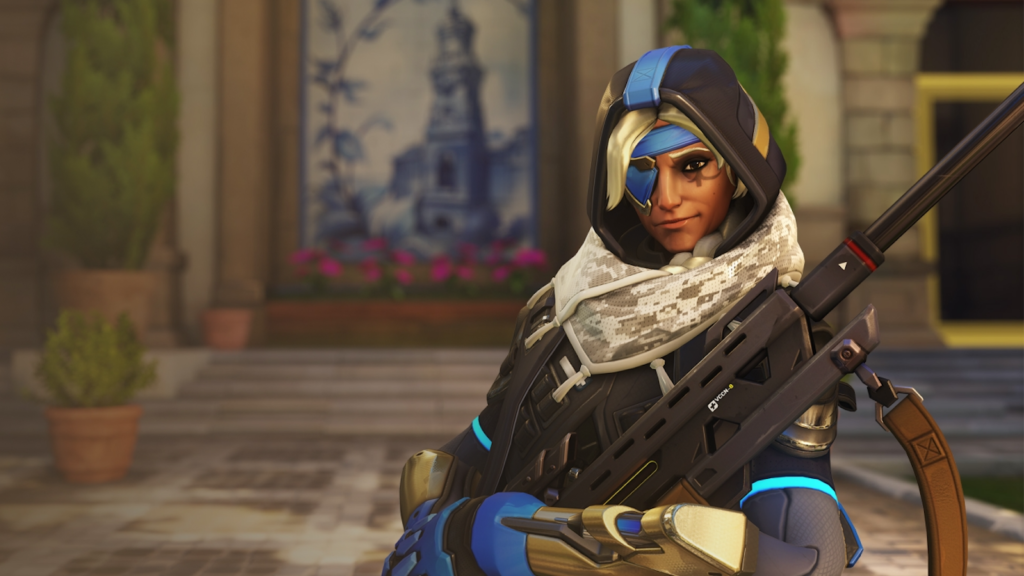
Overwatch 2’s competitive game modes include “Role Queue” and “Open Queue.” In Role Queue, you and your teammates select what roles you’re willing to play, and you are locked into that role when a match starts.
For new players, you’ll have to complete 50 matches in quickplay to unlock Competitive. If you owned the first Overwatch, you’ll be able to hop right in.
Related: The best Overwatch 2 settings for PC, Xbox, PlayStation, and Switch
There are several ranks in Overwatch 2, and you’ll have to get your own individual rank for each class, meaning you could be in Gold for your damage heroes and Bronze for your tank characters. There are five separate ranks within each tier you can be placed in.
These are all the rank brackets in Overwatch 2:
- Bronze
- Silver
- Gold
- Platinum
- Diamond
- Master
- Grandmaster
- TOP 500
Overwatch 2 rank rating: MMR and SR explained
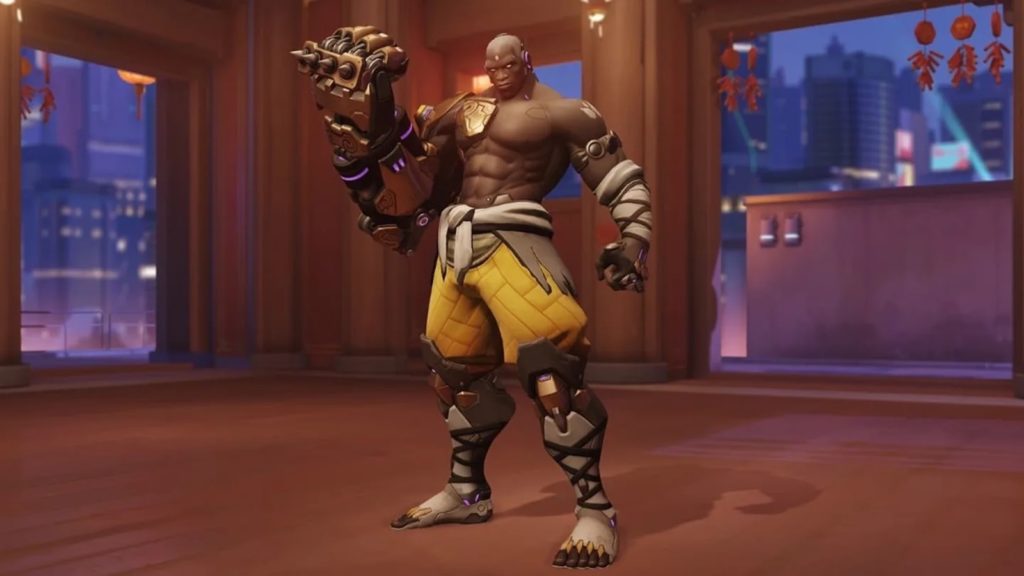
Players will receive an individual matchmaking rank (MMR) that creates an approximation of each player’s skill while allocating an individual to a certain tier. This will change from match to match and will be impacted by your wins and performance. It’s the most accurate and recent reflection of your skill ranking.
Skill Rating is a front-facing value rather than a hidden one in MMR. Your Skill Rating changes after you’ve earned five wins or 15 losses, whichever comes first, and results in a rank change.
Related: How to check your rank in Overwatch 2
Overwatch 2’s competitive mode only uses MMR as a factor when placing opponents against each other. They will not use tiers like Gold, Silver, or Grandmaster ranks as an indicator of your skill. This means there is a chance you could have ranks a couple of tiers below you in your matches.
Ranked rewards in Overwatch 2
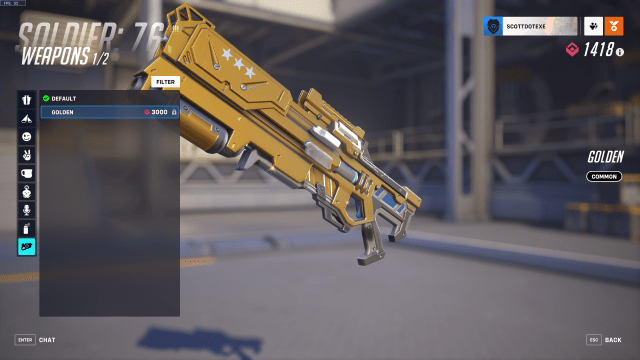
Ties and wins will give players Competitive points. Once you’ve acquired enough points, you’ll be able to get some neat skins for one hero. Once you’ve earned 3,000 Competitive points, you can purchase one gold weapon. You’ll win 15 points for a win and five for a tie.
Some heroes get more gold than others. Ashe will get a gold weapon and a gold B.O.B., whereas heroes like Sojourn will get a gold gun. Pick your favorite hero, but remember not everyone gets the same amount of gold.
At the end of the season, players will also earn bonus Competitive Points and potentially even a title depending on what their final rank is:
- Bronze: 65 CP
- Silver: 125 CP
- Gold: 250 CP
- Diamond: 750 CP and the Diamond Challenger title
- Master: 1200 CP and the Master Challenger title
- Grandmaster: 1750 CP and the Grandmaster title
- Top 500: 1750 CP and the Top 500 Challenger title
How the Top 500 works in Overwatch 2
For those eager to reach the pinnacle of Overwatch 2 gaming, the Top 500 awaits. You’ll have to grind through the competition to reach rank 500, and the rest to make it to the top.
The top 500 is a continuously moving list of the highest-ranked players. However, you won’t need to be a particular rank to be a part of it. It’s a collection of the top players in the region and requires you to win a particular amount of matches to be listed.
Once you win 50 matches in Open Queue or 25 in Role Queue, you can be placed on the top 500 list.
How crossplay works in Overwatch 2 ranked
Crossplay is the feature allowing players from different platforms to game freely together in harmony. However, there are added benefits to playing on particular platforms, depending on the game.
Overwatch 2 allows players to use crossplay, however, once you start playing competitively, the system changes.
Once you’ve entered competitive Overwatch, it’s too hard to determine what’s fair or not when players are using completely different controllers. This is where aim assist and M&K advantages come into play.
Related: Does Overwatch 2 Competitive have crossplay?


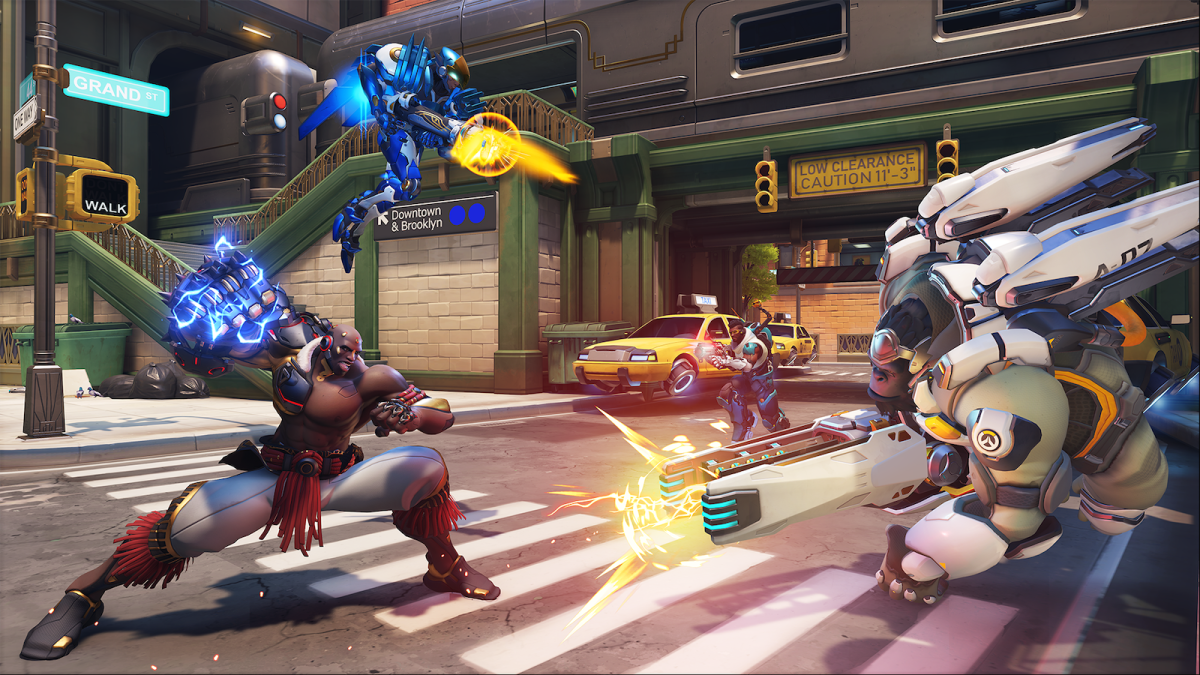
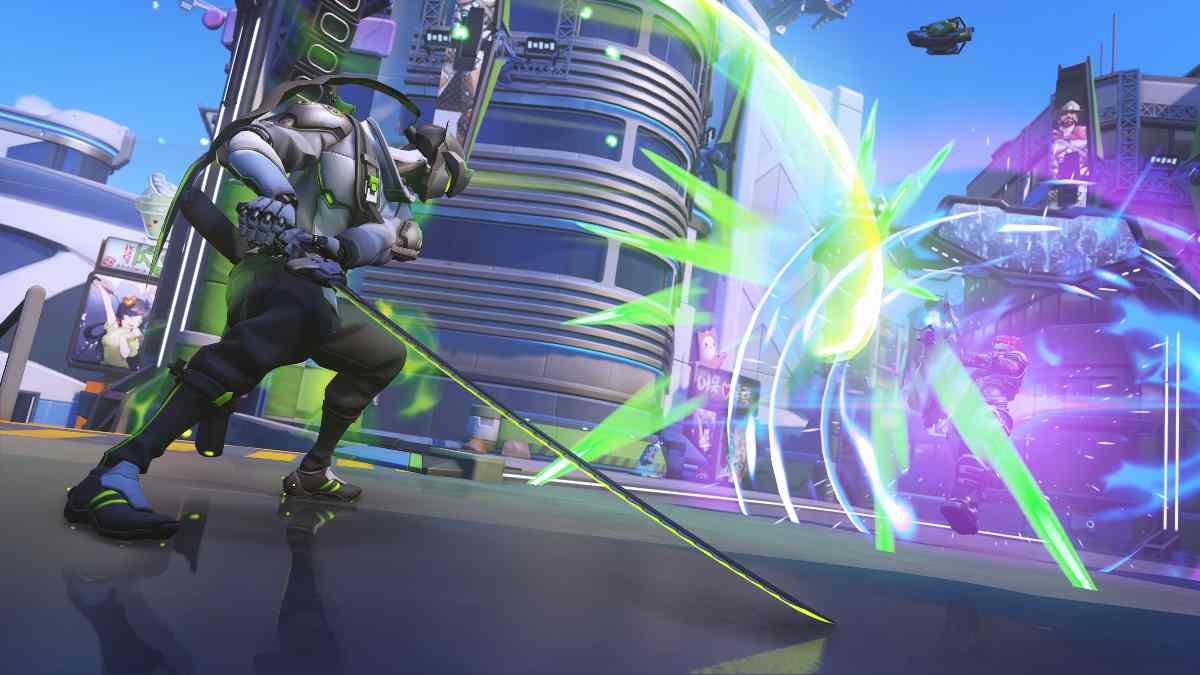
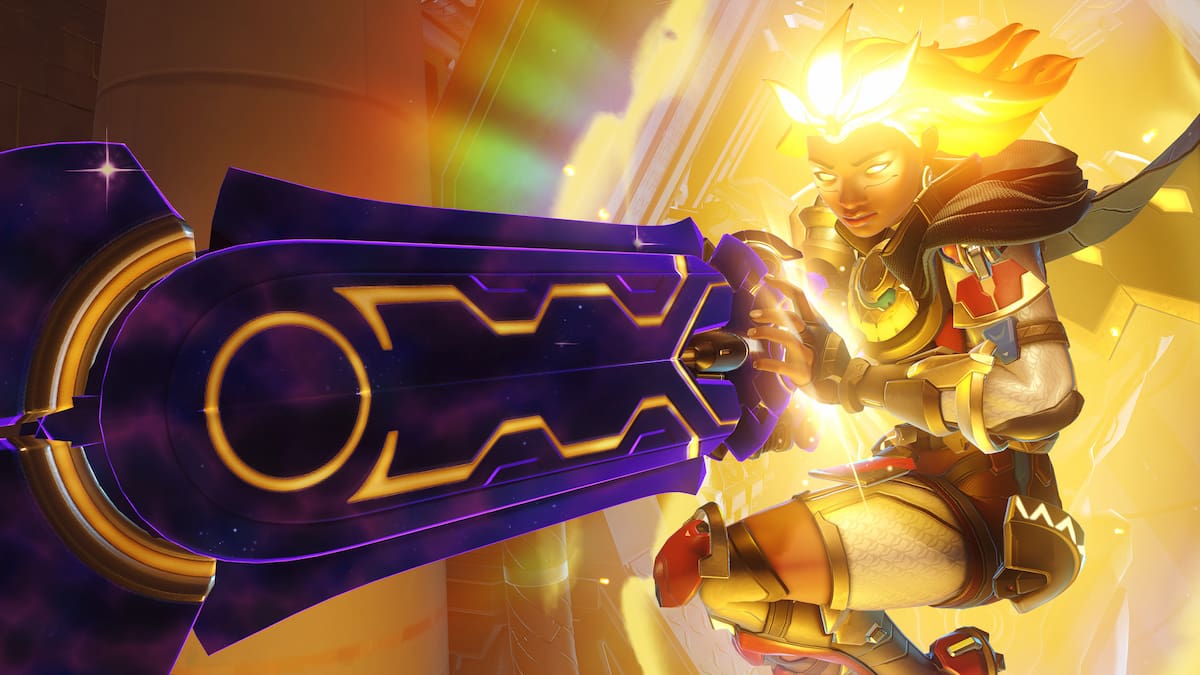
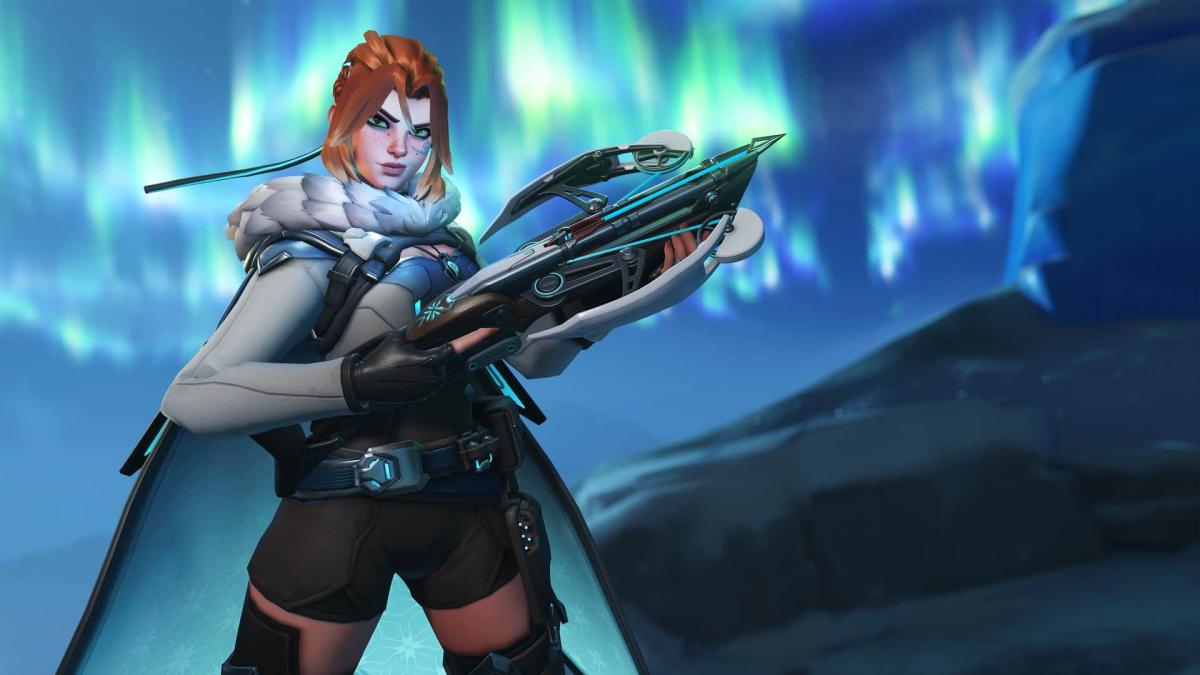
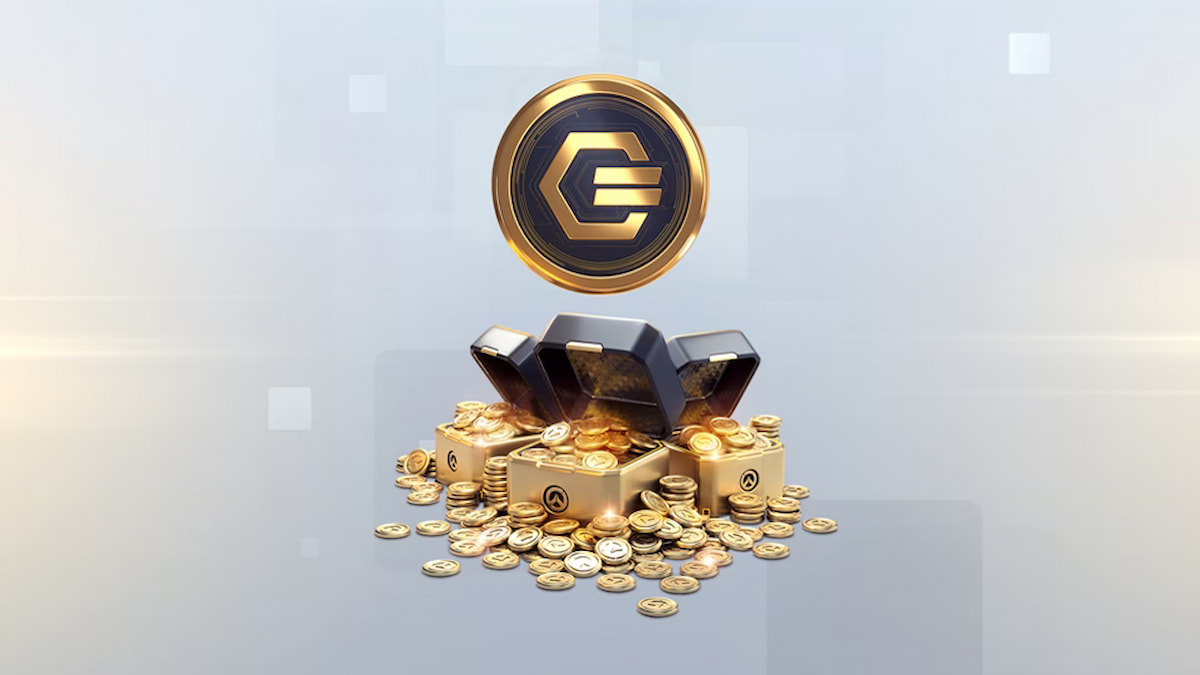

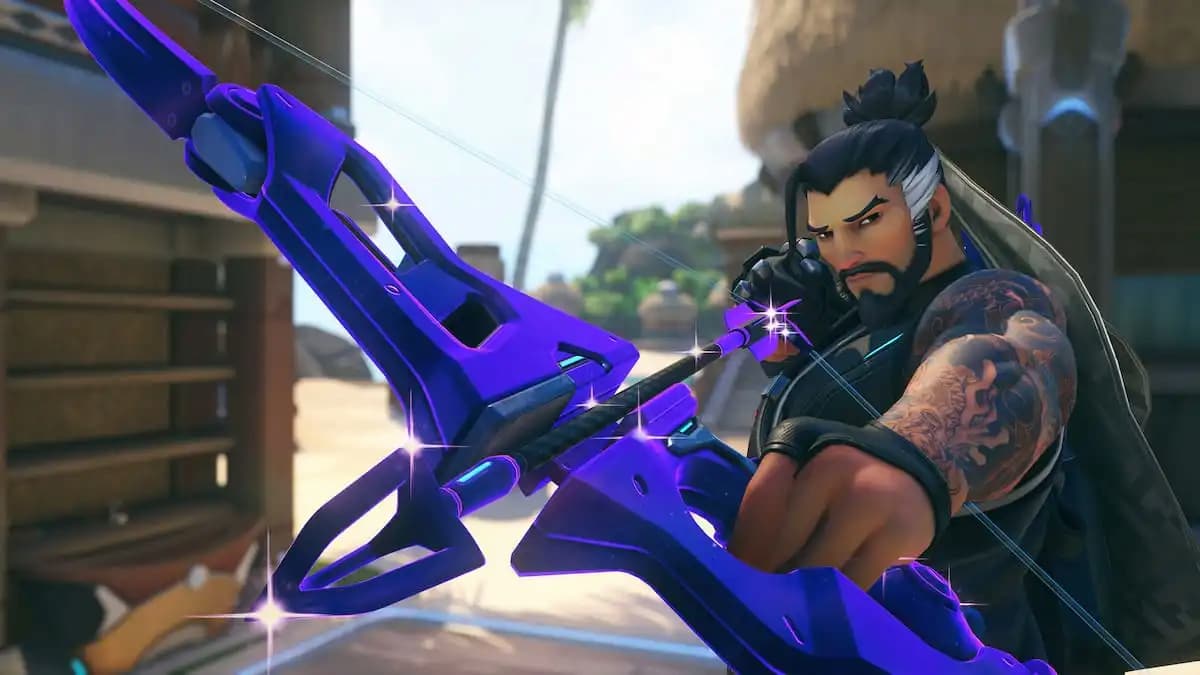

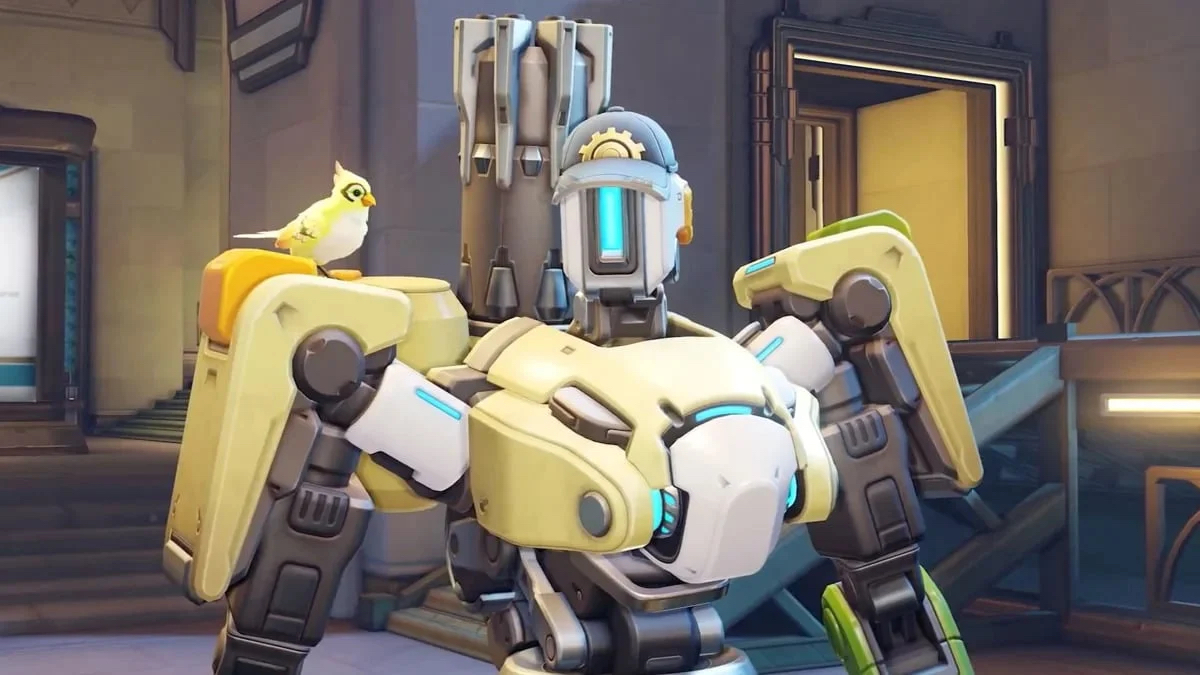
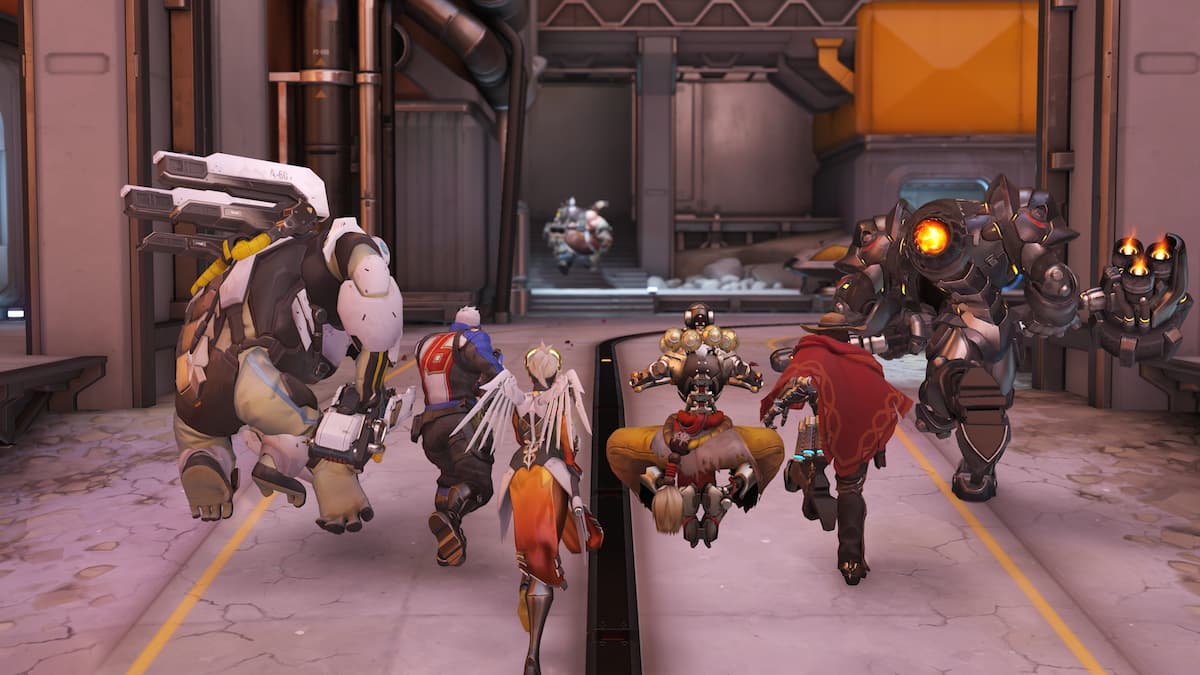


Published: Jul 31, 2023 10:43 pm